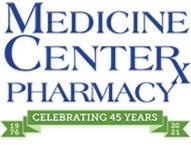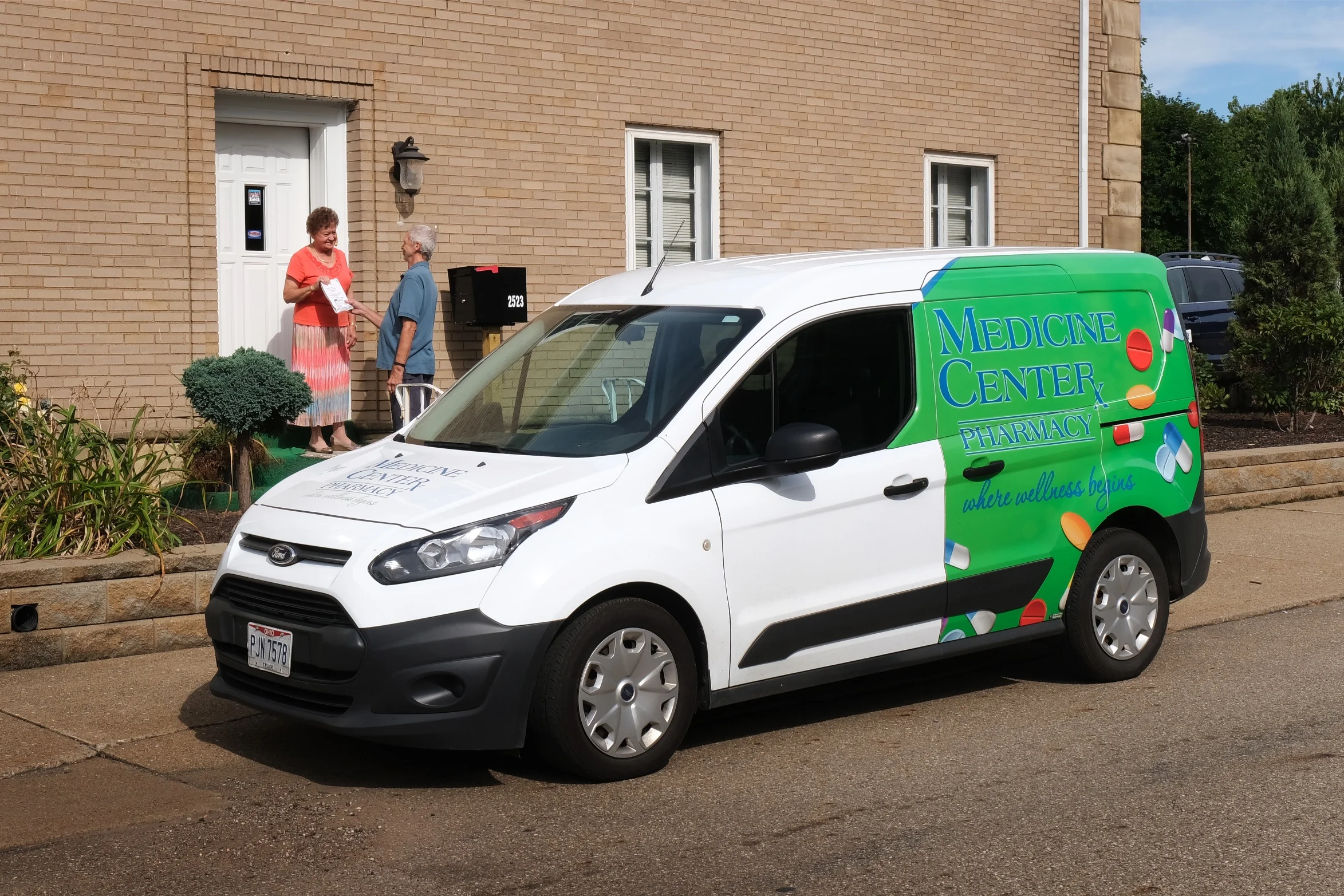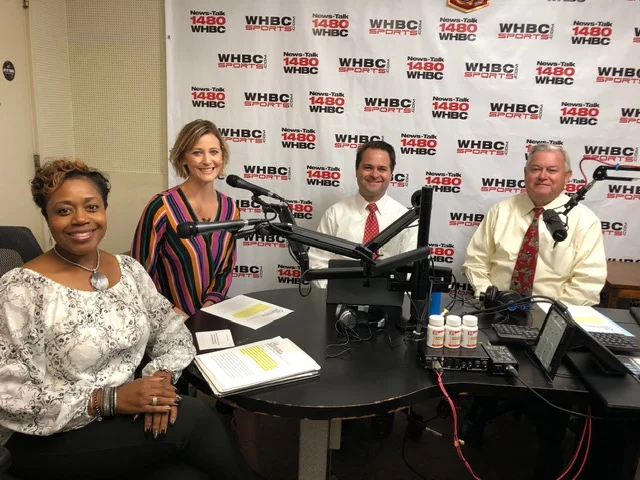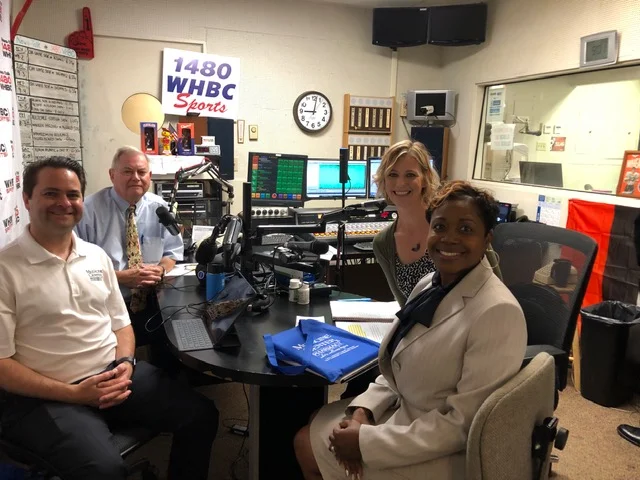Today we will talk again with our friends from the Great Start for Great Futures Coalition about each of our roles in helping the children of Stark County realize their potential for a Great Future. Don’t miss Part 1, Part 2, and Part 3 here.
You can find all our Health Matters Podcasts here: iTunes Google Play Stitcher
This installment Jen Griffing and Krista Allison discuss how critical it is for all of us to work together to nurture children in the 2000 days they have before they go to kindergarten.
What is Your Role at Home and in the Community?
It is important for families to understand they have what it takes to be their child’s first and most important teacher.
As a community, understanding that to build strong literacy skills we all need to begin modeling behavior that can nurture our youth. There are a number of ways that you can contribute to the success of children around you by initiating responsive interactions.
Here are 5 elements of responsive interactions:
1. Tuning-In : Tuning in is paying attention to every attempt a child makes to communicate. Eye contact is critical as is waiting and acknowledging sounds, coos and babbles as a young child’s means of communicating along with recognizing how children are moving, responding if they seem unsettled and ensuring they can rest, eat or play in a comfortable way. An ongoing lack of tuning in has been shown to cause a disruption in the developing architecture of a child’s brain. Children CRAVE these positive, responsive interactions and truthfully they are essential for ALL healthy human relationships.
2. Facial Expressions : Using your face to express yourself is another great way to build a relationship and in addition helps children learn what a word means. They will soon learn whether a word is positive or negative, what communicates an emotion or indicates a place or time of day. This all comes together later as children understand the words you are using and can take ownership of those words as their own. A great resource to illustrate how critical facial expressions are to young children is the Still Face Experiment , which you can find online.
3. Touch: Touch is another great way to communicate responsively. Pairing a light touch with talking increases learning as it stimulates multiple pathways in a growing brain to support stronger connections.
4. Gestures: Using gestures, along with words, also helps children understand the meanings of words. In the everyday this might look like, up, under, so big, bye-bye and blowing a kiss.
5. Child-directed Speech: This is the loving, sing-song, high-pitched joyful voice that children love to hear! In child directed speech, you stretch out words and repeat sounds so children start to recognize different sounds and hear the rhythm of language. It's important to note that in this case, we aren’t referring to baby talk, but rather the
What is the State of Ohio Doing?
The state of Ohio has what’s called the Third Grade Reading Guarantee (TGRG). Ohio's Third Grade Reading Guarantee is a program to identify students from kindergarten through grade 3 that are behind in reading. Schools provide help and support to make sure students are on track for reading success by the end of third grade. The point of the guarantee is to ensure a solid literacy foundation is established for each child by the end of the third grade and in many respects become an additional influence in closing the achievement gap.
While we know that there are potentially additional opportunity gaps that may exist to hinder a child’s learning progression, reading closing the reading gap is critical to a child’s life long success because children who start off behind; stay behind. Unfortunately, this trajectory can lead to dropping out of school (signs that are evidenced in the 6th or 9th grade).
What Resources are Available Locally in Stark County?
There is a strong family and community partnership element and that’s where Talk First Stark really comes in to provide support and include all of the adults who impact all of our children.
We believe that awareness + advocacy= advantage.
Awareness, which means not only being aware that we must make an early investment in our youngest citizens AND
we need to Advocate, meaning using our knowledge to act intentionally on their behalf so that they will have every advantage and opportunity afforded to them to create a positive trajectory for success. Which is back to the heart of our coalition, Great Start for Great Futures.
If you are a caregiver or community member and you are interested in learning more or having us come to your location for an awareness or advocacy training, Please visit the Stark Education Partnership’s website and look for the Early Childhood drop down icon for contact information for scheduling a Talk First Stark session.
Talk First Stark is about leveraging the power of language to ensure that all families and community members have the tools they need to nourish the growing brains of our children. We know that whatever your role is, you are a powerful partner in impacting the life of a child. It starts with you. It continues with us.
“We work collaboratively with multiple stakeholders engaging and collaborating with education, business, civic and community stakeholders to drive sustainable improvement and innovation from our youngest citizens to our college and career-minded young adults to ensure life-long success”









Health Matters is a weekly radio show sponsored by the Medicine Center Pharmacy on WHBC 1480 AM in Canton, Ohio. This episode pharmacists Brad White and Paul White discuss Remote Learning , Language, Literacy and Health and Wellbeing for the entire family.